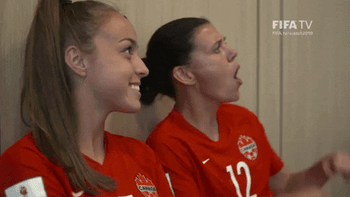LAFC activates stake in ACFC as MLS, NWSL club relationships enter new era

The GIST: Shortly after Sportico confirmed ACFC as the hottest NWSL club on the market, the publication exclusively revealed that a top MLS team also wants in. Los Angeles FC (LAFC) — the league’s highest-valued franchise at $1.15B — activated a tenet of its stadium-sharing agreement with ACFC to acquire a small stake in the women’s side. LA all day.
The details: The stake acquisition comes from priced warrants, which gave LAFC the rights to ACFC stock back in 2022 as part of the lease agreement ACFC signed to play games at LAFC’s home turf, BMO Stadium. Per Sportico, LAFC exercised these time-limited warrants — which were set to expire when ACFC’s lease at BMO ran out — at some point within the past two months.
The context: After previously being governed by the US Soccer Federation, the NWSL became an independently governed body in 2020. The league is set up as a single-entity structure in which the NWSL owns teams and allows investors to purchase stakes in the league.
- And while the league isn’t structured underneath MLS (the way the WNBA and NBA operate), owners and investors from the men’s side have been involved in several NWSL franchises. Earlier this year, Seattle Sounders ownership reclaimed Seattle Reign under its brand after previously operating a women’s soccer franchise over a decade ago.
- This used to be true for the Portland Timbers and Thorns, who still play at the same stadium, while the NWSL and MLS teams in Houston and Orlando share owners. And even when ownership doesn’t overlap, fandom does: There’s an MLS club in every NWSL region aside from Louisville and San Diego (until next year).
Zooming out: With soccer casting a wider (and more diverse) net, it only makes sense for MLS and NWSL teams to join forces and co-market their sport across overlapping fandoms. In 2015, MLS commissioner Don Garber even suggested every MLS side invest in an NWSL team (although offered no league-wide incentives for doing so).
- However, a lot has changed in nine years. Instead of relying on men’s sports to subsidize women’s teams, we’ve increasingly seen men’s sports go beyond funding women’s teams and instead recognize their earning potential and seek stakes in them. No wonder we’re fans.
Enjoying this article? Want more?

Sign up for The GIST and receive the latest women's sports business news straight to your inbox three times a week


